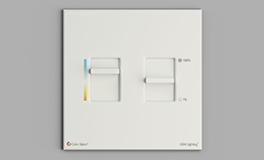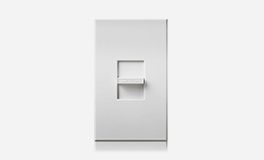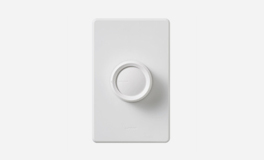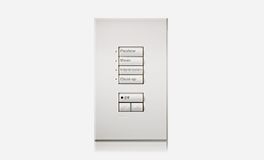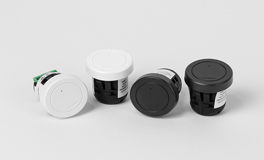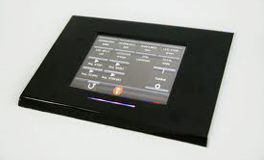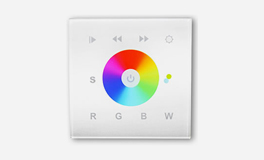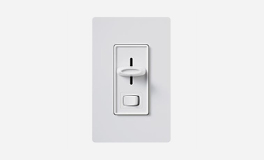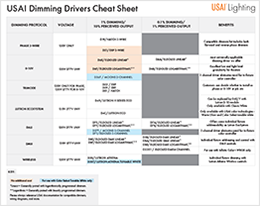What Dimming Control Type Are You Using?
USAI's Commitment to Dimming Compatibility
LED dimming is superior to nearly every other traditional alternative when it comes to dimming control and quality: compact fluorescent, linear fluorescent, and metal halide sources all have challenges with dimming. CFLs do not dim down far enough; linear fluorescent often flicker when dimmed; and metal halide does not dim at all. Incandescent sources dim beautifully, but their energy consumption is unacceptable by today's standards. With the modern energy code's lighting power density load requirements and emphasis on load shedding, daylight integration, and occupancy sensors, dimming is no longer considered a "nice-to-have"; it is an essential part of any lighting solution today.
The engineering department at USAI Lighting tests rigorously to ensure that our luminaires excel at smooth dimming that is compatible with as many industry-standard control systems as possible. We test for performance that may result in damage to the LED dimmer switch or dimming control system, characteristics that may result in damage to our dimmable integrated LED light engine, and confirm the safety and sustainability of the circuit. This process takes extensive testing and hard data collection for every configuration, which requires time and equipment. But that's not all: we ensure we ship products with the best possible dimming performance. We verify manufacturer-provided information, measure off-state power consumption, transition from off to on (dimmed) and back to off again, maximum and minimum light output at dimmer settings, smoothness during adjustment, flicker-free dimming performance, and quiet operation.

|

|
Tweet |


